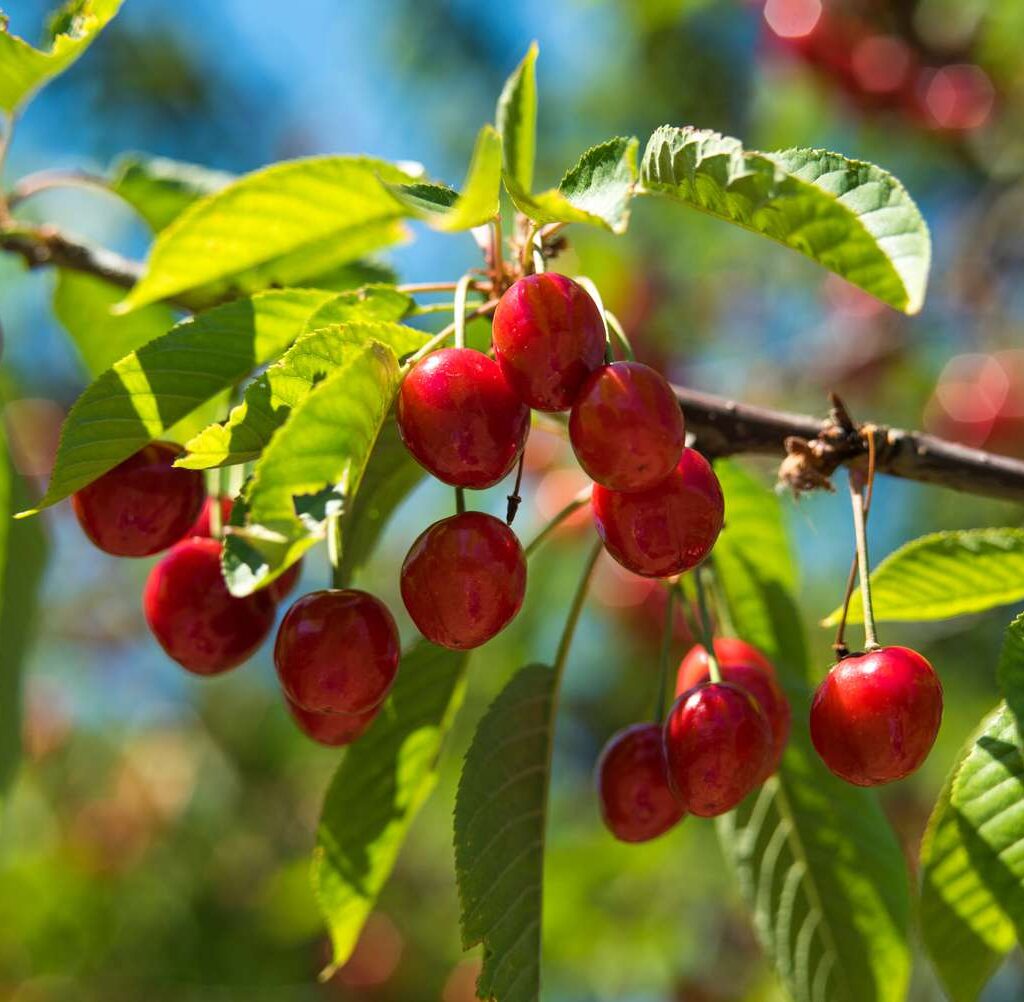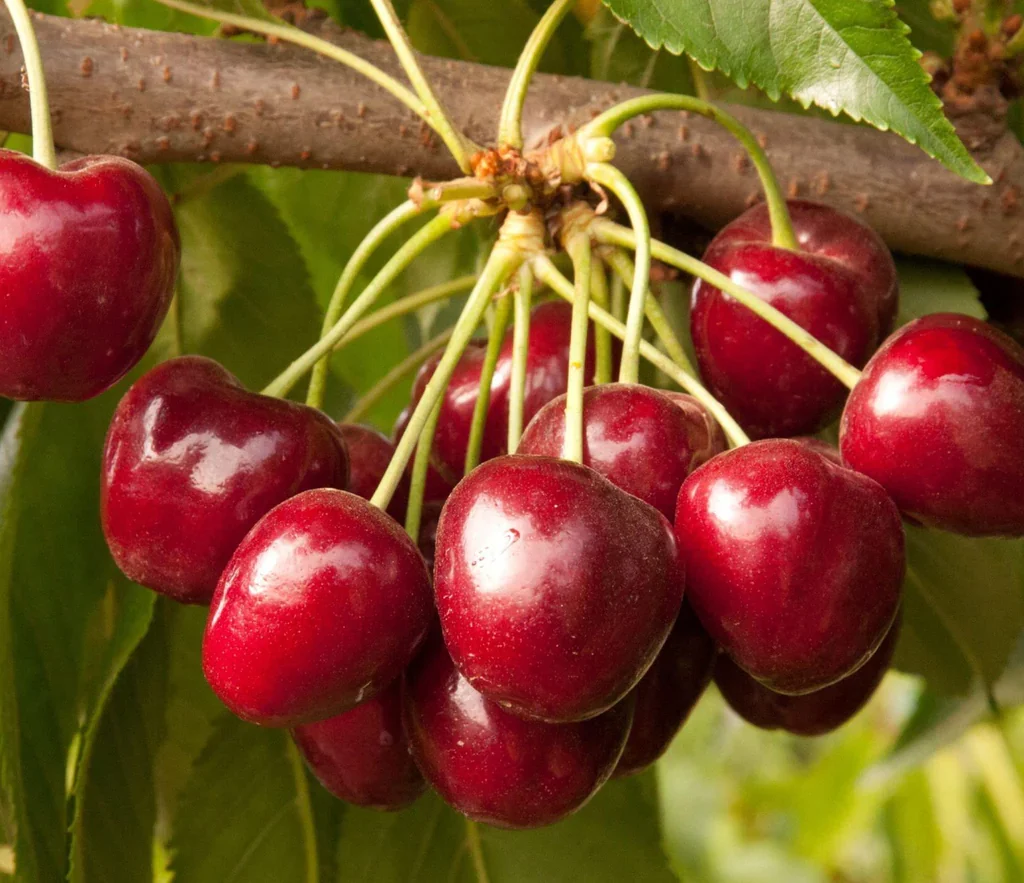Imagine plucking juicy, sweet cherries straight from your backyard tree — all grown from a simple pit you saved after enjoying the fruit. Growing a cherry tree from a pit is not just possible, it’s a rewarding and surprisingly simple project for home gardeners. Whether you’re interested in adding a beautiful flowering tree to your garden or hoping to harvest fresh cherries someday, this guide will walk you through how to grow a cherry tree from a pit with clear, detailed steps.
Why Grow a Cherry Tree from a Pit?

Most people discard cherry pits after enjoying the fruit, but those tiny stones hold the potential to sprout new life. While growing a tree from a pit takes patience, it offers several benefits:
- Low-cost, eco-friendly propagation
- A rewarding, hands-on gardening experience
- Adds ornamental beauty to your outdoor space
- Potential to produce fresh, homegrown cherries in a few years
Do keep in mind, though, that cherries grown from pits might not bear fruit identical to the parent tree, especially if the cherry was a hybrid. Still, it’s a fun and satisfying project worth trying.
Types of Cherry Trees
Before diving into the planting process, it’s helpful to know the two primary categories of cherry trees:
Sweet Cherries (Prunus avium)
- Thrive in areas with mild summers and cold winters.
- Popular varieties: Bing, Rainier, Stella.
- Typically need two trees for cross-pollination.
Sour Cherries (Prunus cerasus)
- Better suited for cooler climates.
- Popular varieties: Montmorency, North Star.
- Many are self-pollinating.
Knowing your region’s climate and the type of cherry you want will help guide your growing process.
Step-by-Step: How to Grow a Cherry Tree from a Pit

What You’ll Need:
- Fresh, organic cherries
- A small bowl
- Paper towels
- Ziplock bag
- Potting soil
- Planting pots
- A refrigerator
- A sunny outdoor space
Step 1: Choose Fresh, Organic Cherries
Start by selecting fresh, preferably organic cherries, as grocery store cherries might be treated with chemicals that inhibit germination. If possible, source cherries from a local farmers’ market or an organic grower.
Step 2: Extract and Clean the Pits
Once you’ve enjoyed your cherries, save the pits. Clean them thoroughly to remove all fruit residue, as leftover pulp can cause mold or attract pests.
- Rinse the pits in lukewarm water.
- Scrub gently with a soft brush or cloth.
- Lay them out on a paper towel to dry.
Allow them to dry completely for a few days before the next step.
Step 3: Stratify the Cherry Pits
Cherry seeds require cold stratification — a simulated winter period — to break dormancy and trigger germination.
How to Stratify Cherry Pits:
- Wrap dried cherry pits in a damp paper towel.
- Place the towel in a ziplock bag.
- Label the bag with the date.
- Refrigerate for 8 to 12 weeks at around 34°F to 40°F (1°C to 4°C).
Check the towel periodically to ensure it remains moist but not soggy.
Step 4: Plant the Germinated Pits

After stratification, some pits may begin to crack or sprout tiny roots. These are ready for planting.
Planting Instructions:
- Fill small pots with well-draining potting soil.
- Plant each pit about 1 to 2 inches deep.
- Water gently until the soil is moist, not waterlogged.
- Place the pots in a sunny spot indoors or in a sheltered outdoor area.
Step 5: Caring for Cherry Seedlings
Once the seedlings emerge — typically within a few weeks to a couple of months — proper care is essential for healthy growth.
Light
Provide 6 to 8 hours of sunlight daily. A sunny windowsill or a well-lit outdoor location is ideal.
Watering
Keep the soil consistently moist but avoid overwatering. Cherry seedlings dislike soggy soil.
Temperature
Maintain a stable temperature between 65°F and 75°F (18°C to 24°C) for optimal growth.
Step 6: Transplanting Outdoors
After one year of container growth or once the seedlings are 8 to 12 inches tall, they can be transplanted outdoors.
When to Transplant
Early spring or fall is the best time, depending on your climate, as the weather is cooler and less stressful for young trees.
Where to Plant
- Choose a spot with full sun exposure.
- Ensure well-drained, fertile soil with a pH between 6.0 and 7.0.
- Avoid areas with standing water or heavy clay soil.
Planting Process
- Dig a hole twice the size of the root ball.
- Place the seedling in the hole, ensuring the roots spread out naturally.
- Backfill with soil, gently firming it around the base.
- Water thoroughly after planting.
Step 7: Long-Term Cherry Tree Care

A cherry tree grown from a pit will require regular care to thrive:
Watering
Water young trees weekly, especially during dry spells. Once established, reduce frequency but provide deep watering during drought.
Mulching
Apply a 2 to 3-inch mulch layer around the base to retain moisture, regulate soil temperature, and deter weeds.
Pruning
- Prune in early spring to remove dead or weak branches.
- Shape the tree to allow sunlight and airflow through the canopy.
Fertilizing
Use a balanced fertilizer in early spring and midsummer during the tree’s active growing season.
When Will a Cherry Tree Bear Fruit?

Patience is key. Cherry trees grown from pits may take 5 to 10 years to produce fruit — and in some cases, fruiting may be limited or unpredictable due to genetic variability in seed-grown trees.
For those primarily seeking fruit harvests, grafted nursery trees offer faster, more reliable results. However, growing from a pit is a wonderful project for gardeners interested in the process and beauty of tree growth.
Common Problems and Troubleshooting
| Problem | Likely Cause | Solution |
|---|---|---|
| No germination | Insufficient stratification | Ensure full 8-12 weeks in cold, moist conditions |
| Yellowing leaves | Overwatering or poor drainage | Reduce watering, improve soil drainage |
| Mold in storage bag | Too much moisture during stratification | Replace paper towel, dry pits slightly |
| Slow seedling growth | Inadequate light or nutrients | Increase sunlight exposure, fertilize in spring |
Final Thoughts
Growing a cherry tree from a pit is a gratifying, low-cost way to nurture new life from leftover fruit. While it requires patience and care — especially through the stratification and seedling stages — the result is a beautiful, ornamental tree with the potential to someday reward you with cherries of your own.
Whether you’re experimenting for fun, beautifying your yard, or hoping to pass a tree down for generations, this simple act of saving and planting a cherry pit connects you to nature in a meaningful, hands-on way.





Leave A Comment